In today’s demanding manufacturing landscape, precision isn’t just a goal; it’s a necessity. This is especially true when working with versatile materials like nonwovens. From essential hygiene products like wipes and diapers to critical medical textiles and high-performance filtration media, the final quality often hinges on how accurately the base material is processed. This is where Roll to Sheet Nonwoven Converting plays a pivotal role.
Master rolls of nonwoven fabric are efficient for production and transport, but they aren’t suitable for direct use in most end products. Consequently, they need to be converted into precise sheets or specific shapes. Achieving tight tolerances and consistent quality during this conversion is crucial for product performance, downstream manufacturing efficiency, and overall cost-effectiveness.
At Favourite Fab, we understand the intricacies involved. Therefore, this post delves into the world of precision Roll to Sheet Nonwoven Cutting, exploring the technology, benefits, and applications, while showcasing how our expertise and advanced Nonwoven Converting Machine technology help businesses achieve exceptional results. We aim to provide valuable information for anyone seeking informational content on this vital process.

Get Free Sample Kit Of Our Fabric At Your Door Step
- Online Order
- Door Delivery
- 1-Click Quotation
Understanding Nonwoven Fabrics: The Foundation
Before diving into the conversion process, let’s clarify what nonwovens are. Unlike traditional woven or knitted fabrics, nonwovens are engineered materials made directly from fibres, bonded together through various mechanical, chemical, or thermal processes.
What is a non-woven roll?
A non-woven roll is simply a large, continuous spool of nonwoven fabric as it comes off the primary production line. These master rolls are the starting point for most converting processes, including Roll to Sheet Nonwoven Converting. They can vary significantly in width, length, and weight depending on the manufacturing specifications.
What is the meaning of nonwovens?
The term ‘nonwoven’ literally means not woven or knitted. It refers to a sheet or web structure bonded together by entangling fibres or filaments (and by perforating films) mechanically, thermally, or chemically. They are flat, porous sheets made directly from separate fibres or molten plastic or plastic film. Most importantly, they are not made by weaving or knitting and do not require converting the fibres to yarn.
How are nonwoven fabrics held together?
The bonding method is key to a nonwoven’s properties. Common methods include:
- Thermal Bonding: Using heat to melt and fuse thermoplastic fibres together.
- Chemical Bonding: Applying adhesives or bonding agents that ‘glue’ the fibres.
- Mechanical Bonding: Entangling fibres using techniques like needlepunching (using barbed needles) or hydroentanglement (using high-pressure water jets – this creates Spunlace).
What are the properties of nonwoven fabric?
Nonwoven fabrics offer a vast range of properties, making them incredibly versatile. Depending on the fibres used and the bonding process, they can be:
- Absorbent or repellent
- Soft or stiff
- Strong or weak (in specific directions)
- Breathable or barrier-providing
- Stretchable
- Cushioning
- Filtering
- Flame retardant
- Antibacterial
Common Nonwoven Materials include Spunlace (excellent for wipes due to softness and absorbency), Meltblown (ideal for filtration due to fine fibres), and Airlaid (often used in absorbent cores). Understanding these properties is vital for selecting the right material and the correct converting process.
The Crucial Role of Roll to Sheet Nonwoven Converting
So, why is converting a master roll into sheets so important? Imagine trying to make precise medical dressings or uniformly sized wipes directly from a massive roll – it’s impractical and inefficient. Roll to Sheet Nonwoven Converting bridges this gap.
This process involves taking a large parent roll of nonwoven material and precisely cutting it into sheets of predetermined lengths and widths. It often involves several key steps handled by sophisticated machinery:
- Unwinding: Carefully controlling the tension as the master roll unwinds is the first critical step. Inconsistent tension can lead to stretching or slack, compromising dimensional accuracy.
- Slitting (Optional but Common): Before sheeting, the master roll might be slit into narrower rolls using a Slitting Machine. This allows for multiple lanes of sheets to be cut simultaneously, boosting productivity.
- Sheeting: This is the core cutting process where the continuous web is cut transversely into individual sheets of the desired length using a Sheeting Machine. Precision here is paramount.
- Stacking/Conveying: Cut sheets are typically stacked neatly or conveyed for further processing or packaging.
- Rotary Die Cutting (Advanced): For specific shapes beyond simple rectangles (like contoured wipes or medical pads), Rotary Die Cutting can be integrated into the line, cutting shapes as the web moves.
This entire process demands accuracy. Even minor deviations in sheet size or cut quality can cause problems in automated packaging lines, affect product performance, or lead to material waste.
The Heart of Precision: The Roll to Sheet Nonwoven Machine
The accuracy and efficiency of the entire converting operation depend heavily on the quality and capabilities of the Roll to Sheet Nonwoven Machine. These machines are engineered systems designed for high performance and reliability.
A typical Nonwoven Cutting Machine designed for roll-to-sheet operations incorporates several key features:
- Precise Tension Control: Sophisticated unwind stands with dancer rolls or load cells maintain consistent web tension, preventing material distortion.
- Accurate Web Guiding: Edge sensors and alignment systems ensure the nonwoven web tracks perfectly straight into the cutting section.
- High-Precision Cutting Mechanism: This could be a guillotine cutter for simple cross-cuts or advanced rotary shear cutters for higher speeds and cleaner edges. The sharpness and alignment of the blades are critical for a Precise Roll to Sheet Nonwoven Cutting result.
- Servo-Driven Feed Rolls: These ensure the exact length of material is fed for each cut, enabling tight length tolerances.
- Control Systems (PLC): Programmable Logic Controllers allow operators to easily set parameters like sheet length, cut speed, and batch counts, ensuring repeatability.
- Automation: Modern systems often feature Automated Roll to Sheet Nonwoven Cutting System capabilities, reducing manual intervention and improving consistency.
Different nonwoven materials behave differently. Therefore, a versatile Roll to Sheet Nonwoven Machine for Spunlace might require different tension settings or blade types compared to one designed for stiffer Meltblown or bulkier Airlaid materials. Favourite Fab utilizes state-of-the-art Nonwoven Converting Machine technology adaptable to various material types.

Get Free Sample Kit Of Our Fabric At Your Door Step
- Online Order
- Door Delivery
- 1-Click Quotation
Achieving Tight Tolerances and Consistent Quality: The Favourite Fab Advantage
“Good enough” isn’t acceptable when precision matters. Achieving consistently tight tolerances in Roll to Sheet Nonwoven Converting requires a combination of factors:
- Machine Capability: Investing in high-quality, well-maintained Roll to Sheet Machine technology is fundamental. Features like servo drives, sharp tooling, and robust construction are non-negotiable.
- Material Knowledge: Different nonwovens stretch, compress, and cut differently. Understanding the specific characteristics of Spunlace, Meltblown, Airlaid, or other Nonwoven Materials is crucial for optimizing machine settings. This is where Favourite Fab’s Experience shines.
- Process Control: Maintaining optimal tension, alignment, and cutting parameters throughout the run is essential. This requires skilled operators or advanced automation, areas where Favourite
Frequently Asked Question
What is a non-woven roll?
A non-woven roll is a sheet of nonwoven fabric rolled onto a core, used in industries like hygiene, medical, and packaging.
What is the meaning of nonwovens?
Nonwovens are fabrics made without weaving or knitting. They’re created by bonding fibers using heat, chemicals, or pressure.
How are nonwoven fabrics held together?
Nonwoven fabrics are bonded mechanically, thermally, or chemically to form a strong, uniform material.
What are the properties of nonwoven fabric?
Nonwoven fabrics are lightweight, breathable, durable, soft, and cost-effective—ideal for disposable and industrial use.
Get in Touch
📧 Email: sale@favouritehub.com
📱 WhatsApp: +91 9528811566



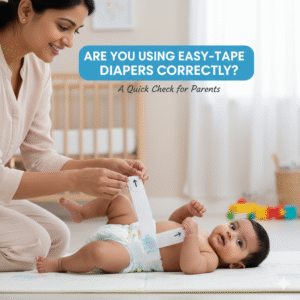
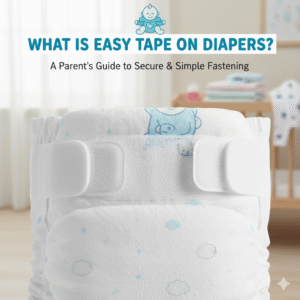
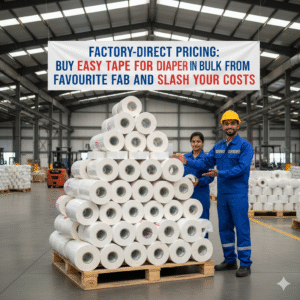
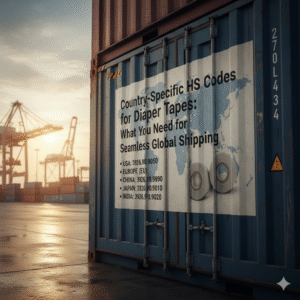
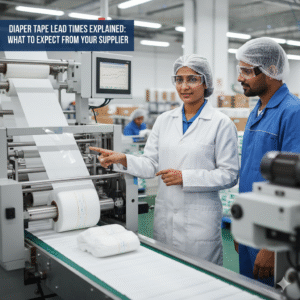
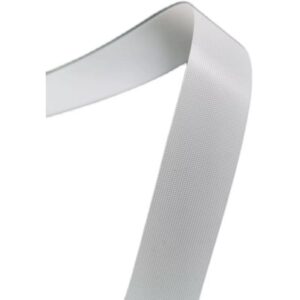
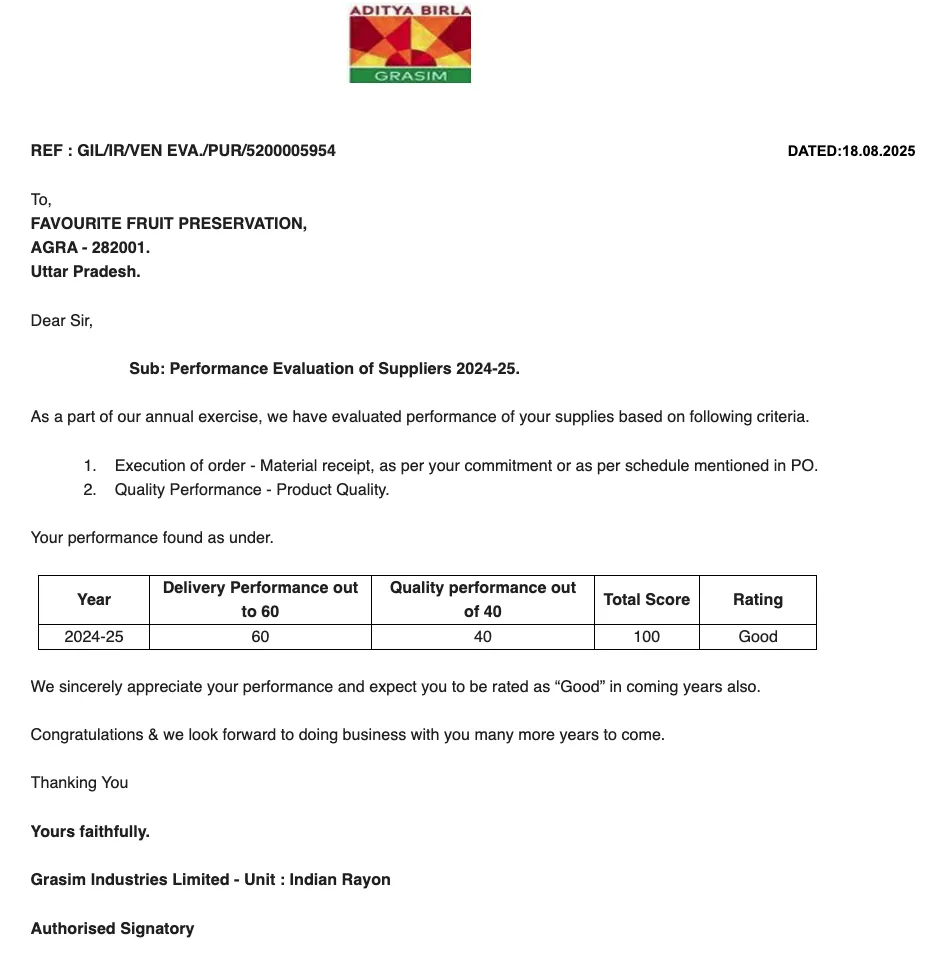




























We Do Business On Trust.Our Nonwoven fabric Business is Built on trust. Trust starts with Transparency.
Mr.Ramniwas Garg Founder Of Favourite Group